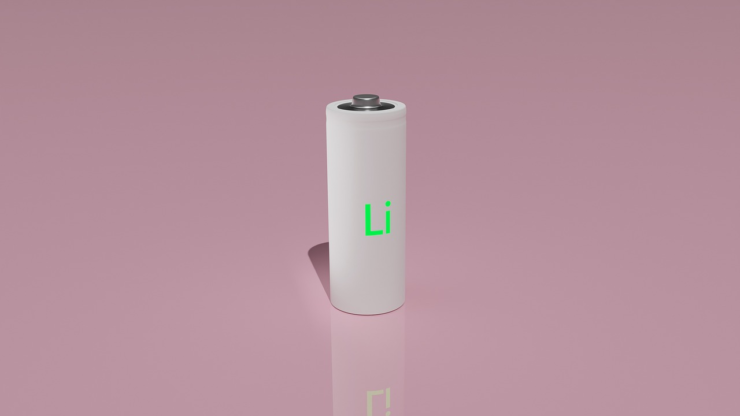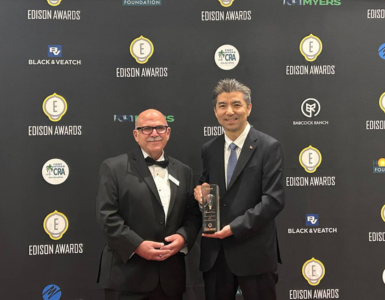Lithium metal deficit could limit next generation battery development this year – Benchmark Source.
Global capacity for lithium metal production is insufficient to support the early commercial growth of the lithium metal battery industry, according to Benchmark’s Solid-State and Lithium Metal Forecast.
Such batteries use lithium metal as the anode material. This can drastically increase the capacity of the battery, but require the use of either a novel liquid or solid-state electrolyte for safe operation.
If all suitable lithium metal produced in 2024 was used for lithium metal batteries, the industry could support five to ten gigawatt-hours (GWh) of cell production. However, much of the lithium metal will be diverted to other industries and, as such, Benchmark forecasts a supply deficit of the metal this year.
🔥 What about we co-host a webinar? Let's educate, captivate, and convert the battery economy!
Batteries News is the global go-to online magazine for the battery industry, we can help you host impactful webinars that become a global reference on your topic and are an evergreen source of leads. Click here to request more details
Rory McNulty, a next-generation technologies analyst at Benchmark, said:
To date, battery grade lithium metal demand has been largely driven by the primary battery and aerospace alloy markets.
“The demand growth that we are seeing today is driven by next-generation, rechargeable lithium metal batteries, and the requirements for these applications are much more strict.”
What is the state of production today?
Benchmark assesses global lithium metal production capacity to have been over 7,500 tonnes per year in 2023, but less than half of that was battery grade.
China leads in established capacity, accounting for over 90% of 2023 capacity. This dominance looks set to continue as the country has plans to double its capacity over the next three to five years.
McNulty said:
“The question that hangs over that Chinese capacity is whether it can deliver for the requirements of next generation battery technologies,”
Watch Benchmark next-generation technologies analyst Rory McNulty discuss China’s lithium metal strategy. View more analyst insight videos here.
Why is there a deficit?
Although lithium metal batteries are a novel technology, developers are increasingly moving from cell development into pilot production and early commercial growth, requiring supply chains to mature with them. Demand for lithium metal batteries is set to exceed 10 GWh by 2026.
McNulty said:
“As next generation lithium metal batteries have developed from low amp-hour cells to, in some cases, up to 100 amp-hour cells, the market maturity and new demand for lithium metal has increased quite significantly,”
The precursor to lithium metal is lithium chloride. Although this can be sourced directly from brine, with several lithium metal producers vertically integrating this process, the majority of brine resources have an unsuitable impurity profile for integration.
Where direct lithium chloride supply is not available, battery-grade lithium carbonate can instead be converted to lithium chloride, albeit incurring considerable capital expense.
Further, next generation lithium metal batteries require a lithium metal foil for the anode that is significantly thinner than the foils used for primary lithium metal batteries.
This pushes the traditional extrusion and rolling processes to their mechanical limits, according to McNulty.
McNulty said:
“Meeting these requirements is tough, and drives cost up significantly,”
“This technical barrier is a key constraint of the industry and several companies are exploring novel, bottom-up approaches to overcome this challenge.”
Benchmark’s Solid State and Lithium Metal Batteries Forecasts provide a comprehensive view across the industry, examining supply and demand by region and producer out to 2040.
READ the latest Batteries News shaping the battery market
Lithium metal deficit could limit next generation battery development this year – Benchmark Source. source







